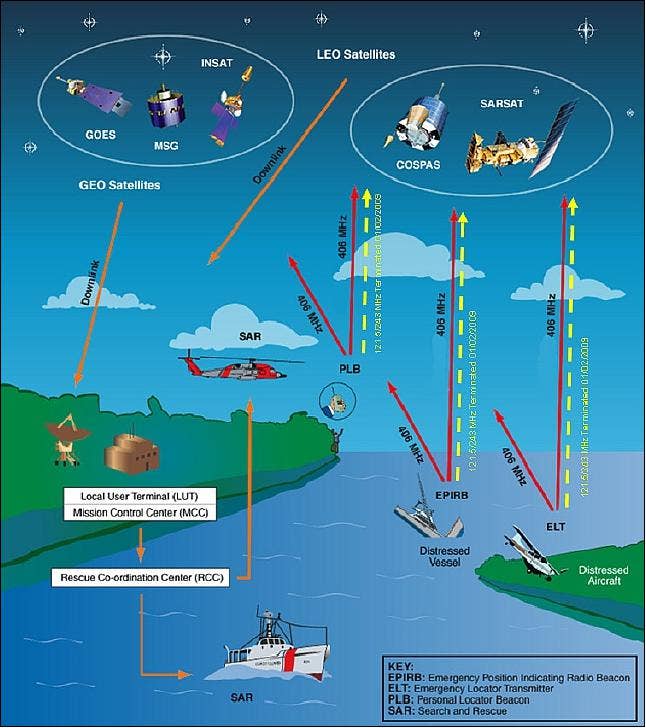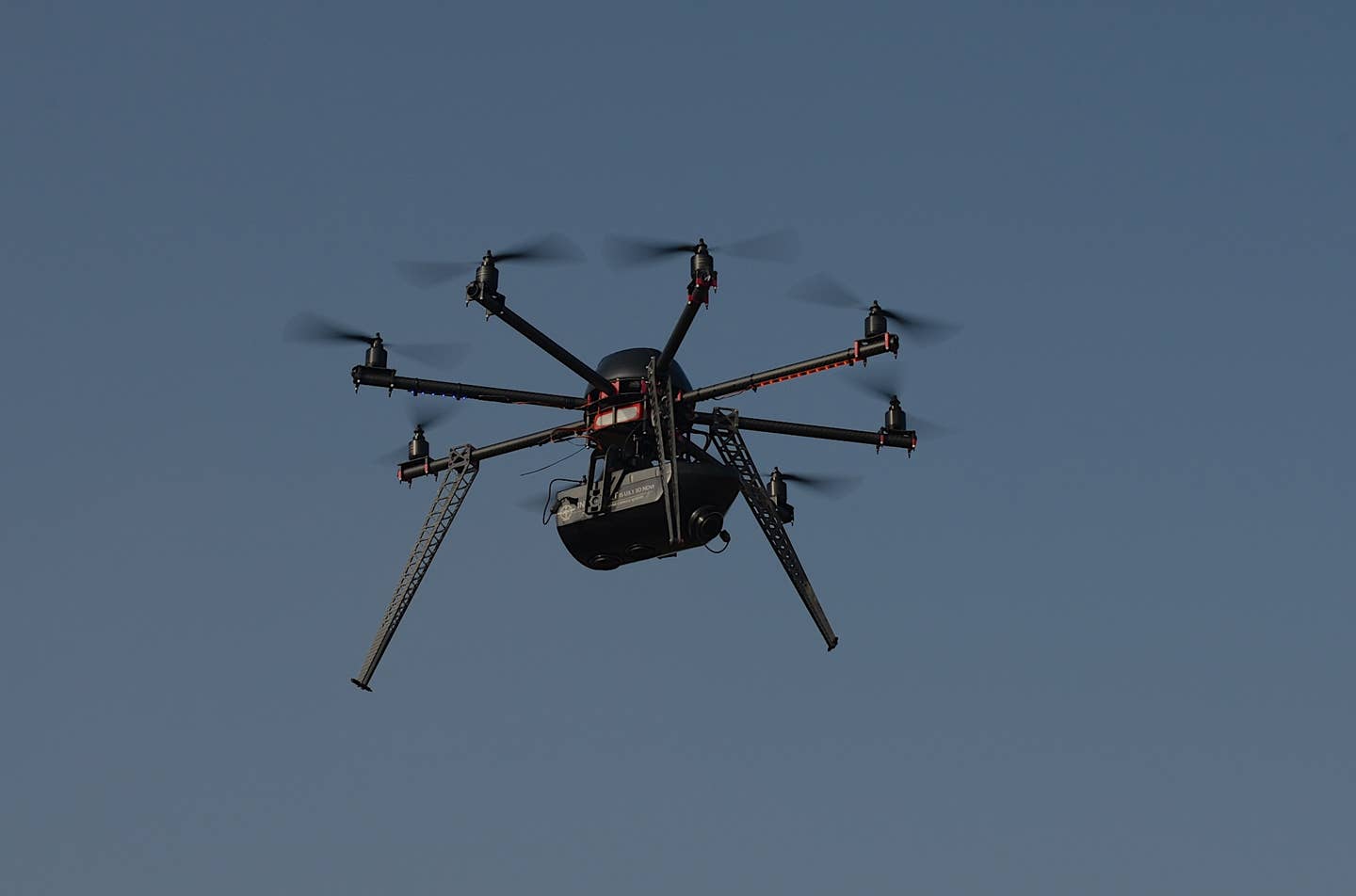Got ELT? Take Our ELT Survey
For a report on the 406 MHz ELT system, we’re seeking reader experiences and opinions on both the older 121.5 MHz devices and the newer 406 beacons. As you know,…

For a report on the 406 MHz ELT system, we're seeking reader experiences and opinions on both the older 121.5 MHz devices and the newer 406 beacons. As you know, ELTs are required equipment, but that regulatory guidance doesn't extend to the 406 MHz version. You can still use the older models, although the FCC prohibits new installations.False alarms are a major problem with 406 devices, constituting some 98 percent of all the activations. Have you had one? Either way, you can tell us what you think by clicking this link to the survey.
Paul BertorelliEditor
Related Stories






